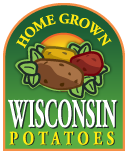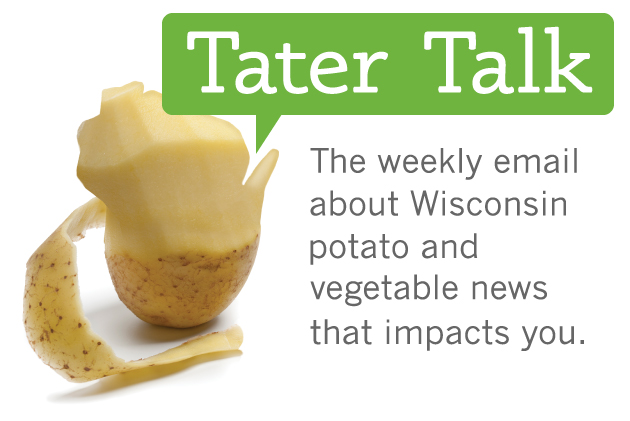LPRCP Vision Continues
Village of Plover Participation
(Article Two of the ongoing LPRCP series)
By Ruth Faivre
Strategizing with all stakeholders involved is what Dan Mahoney, Village of Plover, Village Administrator, does on a daily basis.

Renowned photographer Pete Sanderson describes this spectacular photo. “One spring, I found this Great Blue Heron highlighted by early morning light, peeking through the fog on the Plover River. This was one of those days when luck produced a great image.” This is exactly the type of opportunity that the Little Plover River Conservancy hopes to establish within its terrain.
The last several years, Mahoney and the Village of Plover worked closely with a number of area growers, processors and agricultural interests like the Wisconsin Potato & Vegetable Growers Association (WPVGA) along with Department of Natural Resources (DNR) and Portage County Land Preservation Committee, researchers and water conservationists regarding Little Plover River watershed challenges.
The Little Plover River Conservancy Project (LPRCP) emerged in the midst of those challenges when DNR and Portage County Land Preservation Committee seized upon an opportunity to acquire an initial 100 acres of farmland to repurpose into a woodland, prairie and wetland conservancy.
According to Mahoney, “Working together, all parties initiated a broad master plan to provide areas for hunting, fishing, trapping, hiking and cross country skiing in concert with an educational mission designed to promote the importance of our region’s agriculture and the need
to understand how all parties, even residential areas, impact our groundwater reserves.”
“This project will work because everyone involved agrees they want to restore the river to healthy levels. Science-based research will help pinpoint problems and then we can work together to solve them. Many factors impact a river’s flow, not just one particular aspect. Unless we address all the issues, the situation will not improve,” explains Mahoney.
For more details or to contribute to LPRCP, contact Jeremie Pavelski, Heartland Farms, [email protected] or Jim Wysocki, Wysocki Family of Companies, [email protected].
The below image is a plat map showing the proposed master plan and some possible uses.


